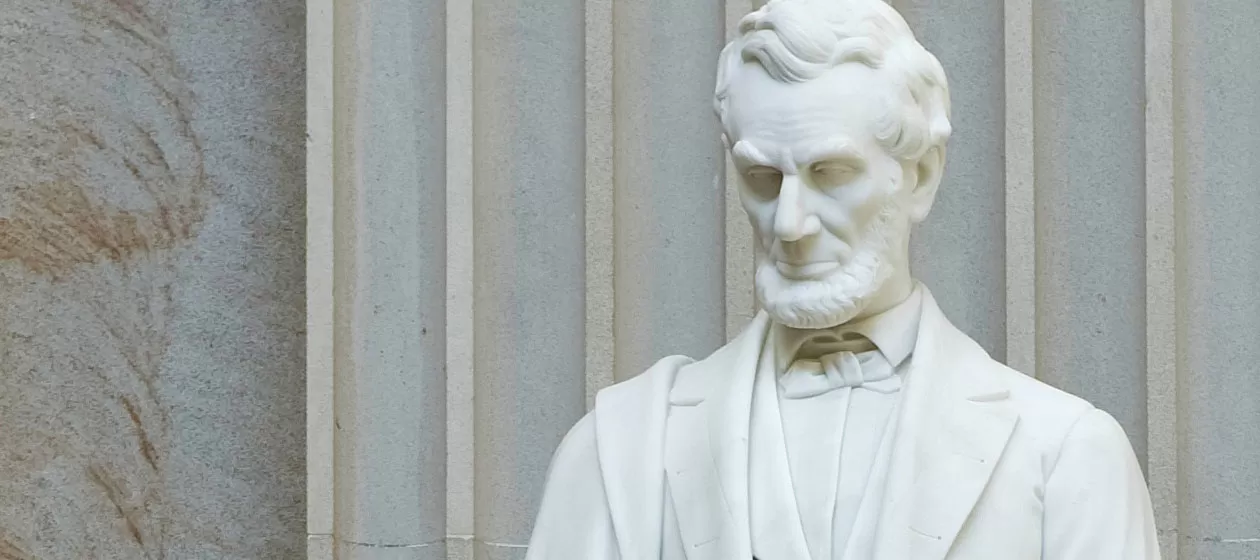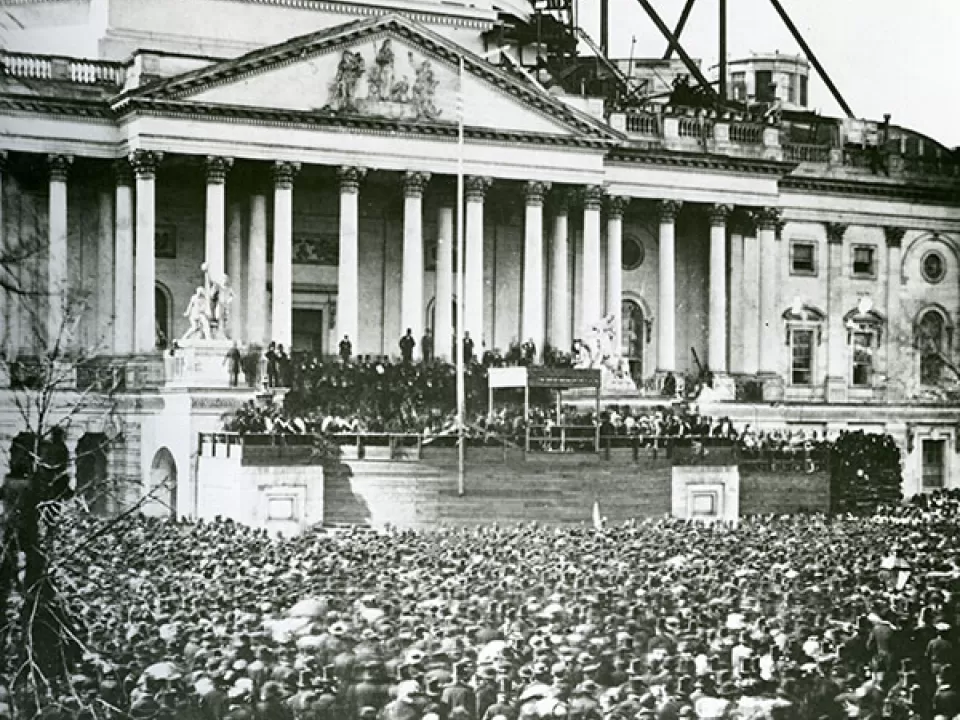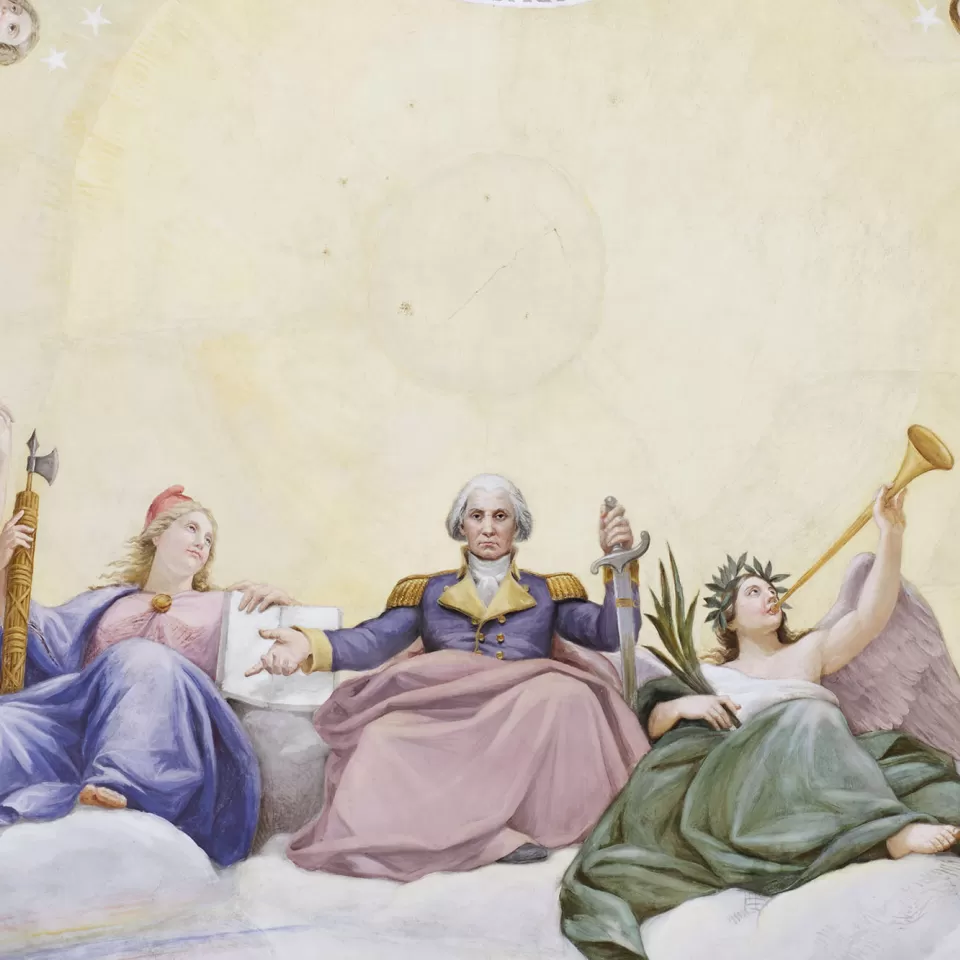Our Stories
Recent Articles
History & Discoveries
A Hallowed Figure in American Art and Culture: the Bald Eagle
The bald eagle is painted, sculpted and carved throughout the Capitol campus. Its white head, wide wingspan and gnarled talons are ubiquitous.
History & Discoveries
Unearthing Capitol Hill's Buried History
Visit Congressional Cemetery and discover the many connections the Architect of the Capitol has to this hallowed ground.
History & Discoveries
The U.S. Capitol Rotunda: Celebrating 200 Years as the Heart of American Democracy
The Rotunda was completed under the direction of Charles Bulfinch by the time of the visit of the Marquis de Lafayette in October 1824.
History & Discoveries
The Liberty Cap: Symbol of American Freedom
The 2024 Olympic mascot is a conical cap, the Phryge, a French symbol of freedom, but it symbolized freedom in the United States before the French adopted it.














Comments
Don't forget the painting on the staircase right off the Senate Chamber, "First Reading of the Emancipation Proclamation by President Lincoln," by Francis Bicknell. http://www.senate.gov/artandhistory/art/artifact/Painting_33_00005.htm
That's a great painting; good point! Alexander Hay Ritchie's print after it--for which Lincoln was the first subscriber, though he didn't live long enough to receive his print--is clearer and more easily read.
By the way, the artist's full name is Francis Bicknell Carpenter. He wrote a book about his experience of living in the White House and coming into contact with Lincoln. It's entitled "Six Months at the White House" (1866).
Add new comment